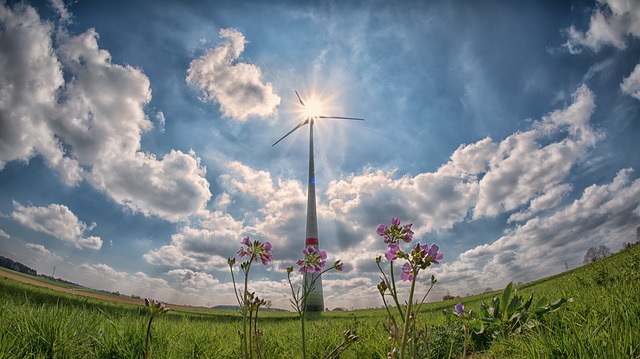According to a review by the SUN DAY Campaign of data just released by the Federal Energy Regulatory Commission (FERC), within the past month, the agency has dramatically revised its three-year forecast for changes in the U.S. electrical generating capacity mix. Sharp declines are foreseen for fossil fuels and nuclear power while accompanied by even stronger growth in renewable energy (i.e., biomass, geothermal, hydropower, solar, wind) than earlier projected.
FERC’s latest monthly “Energy Infrastructure Updatewtvcadysfsacfuuzfy” report (with data through May 31, 2019) suggests that “high probability additions” and “retirements” combined could result in effectively no growth in the generating capacity of fossil fuels (i.e., coal, natural gas, oil) and a net decline of over 7 gigawatts (GW) in nuclear capacity by June 2022. Meanwhile, led by wind and solar, the generating capacity of renewable energy sources is foreseen to grow by more than 45 GW.
While natural gas generating capacity is projected to increase by 18,158 megawatts (MW), that is almost completely offset by a drop of 17,037 MW in coal’s net generating capacity and a decline of 1,040 MW in oil’s net generating capacity. Further, nuclear power is foreseen as dropping by 7,286 MW.
Meanwhile, wind capacity is projected to grow by 26,889 MW and utility-scale solar by 16,302 MW. The other renewable sources would also increase: hydropower by 1,383 MW, biomass by 328 MW, and geothermal by 280 MW. Collectively, they would add 45,182 MW over the next three years.
While earlier FERC data had documented this general trend, the latest numbers are particularly noteworthy because they reflect dramatic changes in FERC’s projections in just a few weeks’ time.
In the “Energy Infrastructure Report” it issued only a month earlier, FERC anticipated net growth by fossil fuels of 5,082 MW during the next three years. That growth is now almost entirely eliminated. The change is primarily due to 4,628 MW more coal being retired (or not built at all) than earlier forecast as well as a net of 372 MW less new gas being brought on-line. Similarly, FERC has now upped its projected net retirements for nuclear power from 5,106 MW to 7,286 MW.
On the other hand, FERC’s most recent forecast for net new generating capacity by wind is 1,772 MW higher than that forecast only a month earlier while that for utility-scale solar has grown by 1,456 MW. The forecasts for hydropower and biomass have also been increased by 952 MW and 9 MW respectively; geothermal remained unchanged. The cumulative result is an increase over just the past 30 days in FERC’s three-year forecast for net new generating capacity by renewable energy sources from 40,993 MW to 45,182 — i.e., 4,189 MW or 10.2% higher.
If FERC’s latest data prove accurate, in three years, coal’s share of the nation’s total available installed generating capacity will drop from 21.54% today to 19.49%. Meanwhile, renewable energy sources will continue to expand. They would provide roughly one-quarter (i.e., 24.54%) of the nation’s total available installed generating capacity* by June 2022 with wind alone accounting for over a tenth (10.17%) and utility-scale solar at 4.46%.** The balance will be provided by hydropower (8.25%), biomass (1.33%), and geothermal (0.33%).
“The revisions in FERC’s latest three-year projections underscore the dramatic changes taking place in the nation’s electrical generating mix,” noted Ken Bossong, executive director of the SUN DAY Campaign. “Renewable energy sources are rapidly displacing uneconomic and environmentally dangerous fossil fuels and nuclear power – even faster than FERC had anticipated only a month ago.”
* Capacity is not the same as actual generation. Capacity factors for nuclear power and fossil fuels tend to be higher than those for most renewables. For calendar year 2018, the U.S. Energy Information Administration (EIA) reports that renewables accounted for a little more than17.6% of the nation’s total electrical generation – that is, a bit less than their share of installed generating capacity in 2018 (over 21.2%). Coal’s share of electrical generation in 2018 was 27.2%.
** FERC only reports data for utility-scale facilities (i.e., those rated 1-MW or greater) and therefore its data does not reflect the capacity of distributed renewables, notably rooftop solar PV which – according to the EIA – accounts for approximately 30% of the nation’s electrical generation by solar. That would suggest that total distributed and utility-scale solar capacity may be as much as 50% higher than reported by FERC for today and for three years hence.





